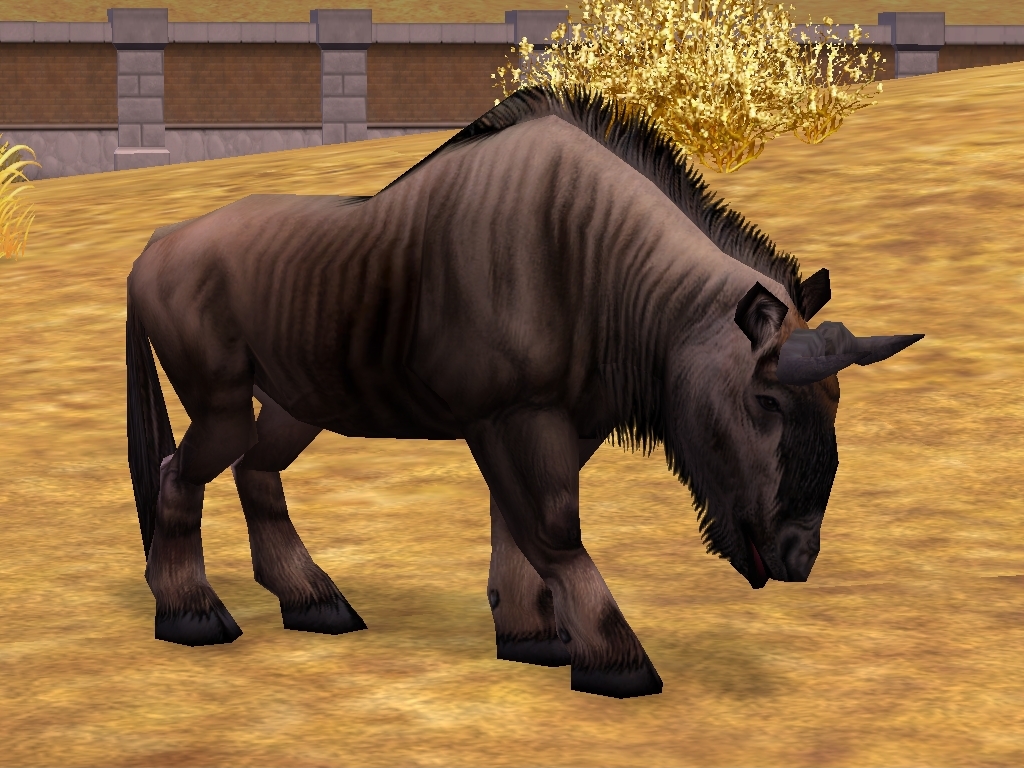

Before Saharan antelope populations were decimated by hunting, dama gazelles and scimitar-horned oryx would have been seen in large herds, sharing the same habitat. The Zoo, in collaboration with the Sahara Conservation Fund and the United Nations Secretariat for the Convention on the Conservation of Migratory Species of Wild Animals, also is working to establish an 80,000-square-kilometer protected area-roughly twice the size of West Virginia-in Niger where scientists can conserve endangered Saharan animals.Īt the Zoo, the gazelles currently share their exhibit with scimitar-horned oryx-a Saharan antelope that is currently extinct in the wild. The overall goal is to use this information to develop assisted reproductive technologies such as artificial insemination to promote genetic management of this species.ĭama gazelles are Saharan antelopes and are the focus of a new conservation project for Zoo scientists who will be working to save it from extinction by increasing the population of dama gazelles in captivity, expanding research efforts at the Zoo and in the wild and educating governments, aid agencies and citizens about the importance of wildlife conservation.

The Zoo plays an integral role in understanding their fundamental reproductive biology and is in the process of developing optimum techniques for sperm cryopreservation. It is estimated that fewer than 500 remain in the wild and are under constant threat due to hunting and poaching. The Species Survival Plan currently manages 120 dama gazelles in the United States. The International Union for Conservation of Nature and Natural Resources Red List of Threatened Species lists the dama gazelle as critically endangered. This birth is very significant for the dama gazelle population. “This was extremely disappointing however, we’re watching the mother closely while she’s recovering.” 14, one of our other females delivered a stillborn calf,” said Barthel. We hope to have her on exhibit in the weeks to come.” The calf is healthy, very active and thriving in her new environment. The exam also confirmed signs of nursing and the calf has since been observed nursing numerous times. “Twenty-four hours after birth, the calf was given a neonate exam that confirmed the calf’s sex.
“This is an exciting time here at the Zoo-Adara and her baby are bonding and doing well,” said Tony Barthel, curator for the animals at Cheetah Station. A total of four dama gazelles reside at the Zoo and five at the Zoo’s Conservation and Research Center in Front Royal, Va. The calf weighed 4.6 kilograms (10 pounds) at birth. and 8 a.m., to 2-year-old female Adara and an unnamed 1-year-old male. The Smithsonian’s National Zoo is proud to announce the birth of a female dama gazelle calf Sunday, Nov. Eliot Elisofon Photographic Archives, African Art.


 0 kommentar(er)
0 kommentar(er)
